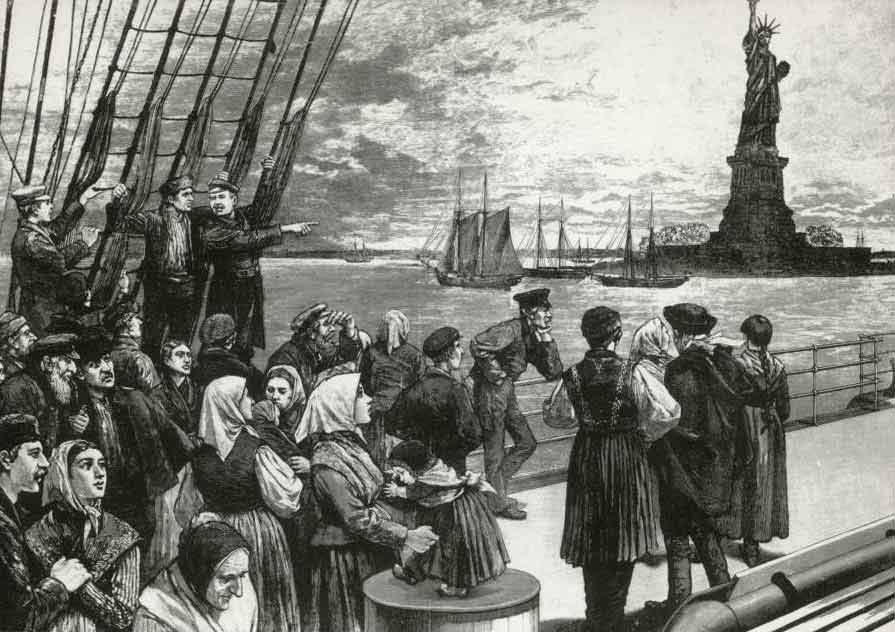 Having a child changes a man. Perhaps not as much as it changes a woman but a fair bit. A friend of mine recently had his first kid and decided to take up hunting. He’s a successful nurse in a big-time hospital but somewhere deep inside him, he wanted to know he could provide meat for his wife and child.
Having a child changes a man. Perhaps not as much as it changes a woman but a fair bit. A friend of mine recently had his first kid and decided to take up hunting. He’s a successful nurse in a big-time hospital but somewhere deep inside him, he wanted to know he could provide meat for his wife and child.
Me, I got into genealogy. In my mind, I wanted to be able to tell my son who he is and who came before – to reach back through time and find our places in the unending line of history. I guess having a child has made me want to understand where he comes from.
What I found amazed me. The family I thought were Irish were actually Scottish colonizers – hated by the Irish. An ancestor’s half-brother married Henry VIII’s sister. A branch of my family even fought in the famous Appalachian feuds between the Hatfields and the McCoys.
But in this new era of immigrant distrust and isolationism, my favorite branch has become my “dirty Norwegians.”
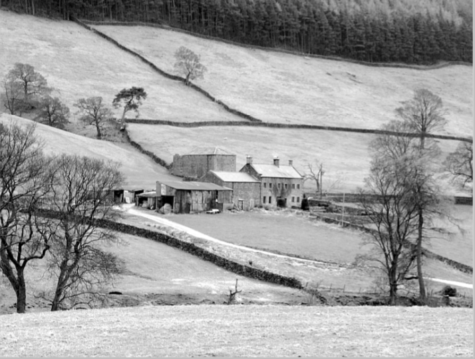
My grandfather, Franklin Hardcastle III, was the last in a long line of Hardcastles who traced their lineage back to a privileged clan of landowners in Yorkshire, England. They brought that privilege with them when they crossed the Atlantic, becoming the the largest landowners in Caroline County, Maryland. Thomas Hardcastle even provided the Patriots with supplies and troops during the Battle of the Brandywine in 1777.
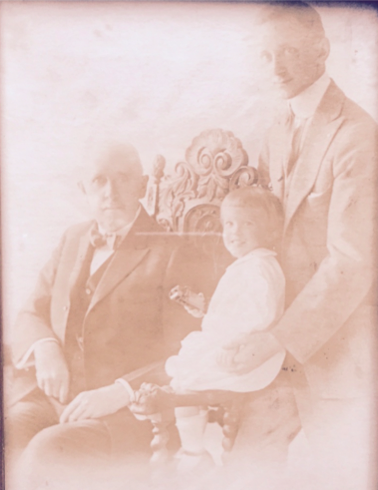
But by the time his great-great-great grandson was born in 1916, the family was barely clinging to the middle class, desperately trying to maintain the trappings of status and prestige. I was told stories of Frank’s parents dressing up for nights out, despite the fact they had no place to go.
In high school, Frank fell in love with a stunning athletic blonde with blue eyes named Irene Nelson. Which shocked and infuriated his parents. After all, she was one of those “dirty Norwegians” from the other side of the tracks.
When I first heard this, I was stunned. My grandfather was discouraged from dating my grandmother because she was … Norwegian?
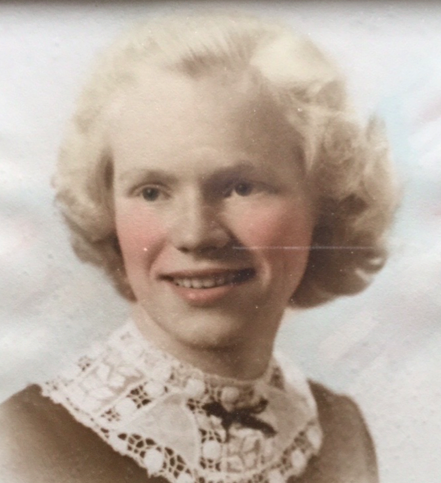
Then I started in on the Norwegian side of the family and I slowly understood. You see, life in Norway back then was pretty tough. Back in the early 1800s, after Norway split from Denmark, there was so little food that my ancestors supplemented their porridge with sawdust. My great-great-great grandfather, Halvor Thorson, was the only surviving child out of ten. (According to family lore, he once spilled boiling milk on himself and nearly died as well.) His mother, Ingeborg, was said to be very religious (not surprising, given her luck) and once fought off a pack of wolves by herself while walking home.
After sifting through six generations or so, a picture emerged of a desperately poor people who were constantly fleeing Norway looking for work in America, only to come back to the land they loved – where people wore flowers in their hair and danced around the Christmas tree on long December nights.
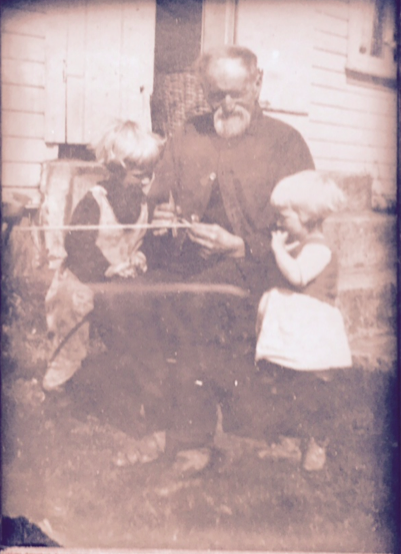
Thorson, who had dark curly hair and a talent for poetry and shoemaking, went to the US but eventually came back. His son (one of 12), Theodore, did the same and stayed. He was later seen by other family members in New York going to dance halls and cavorting with “the Irish.” A huge scandal by all accounts.
Everywhere I looked, I saw people who didn’t want to leave but did because it was better than scraping farms out of the bare rock of Southern Norway (remember that Norway’s current wealth is built from oil that wasn’t discovered until the 1960s). One family member, Bestefar Thorsen, spent three years in America and came back with nothing more than a handful of corn kernels and two hope chests for his daughters (the corn did not grow in Norway, sadly). Some never came back at all, perishing on the sea voyage.
It’s reminded me of the stories I hear today coming from Mexicans who have emigrated from my home here in Mexico City. Religious, family-focused and incredibly generous people, not trying to leave their home but rather trying to make their home better for their loved ones. People with few other options. People willing to risk death to make the journey.
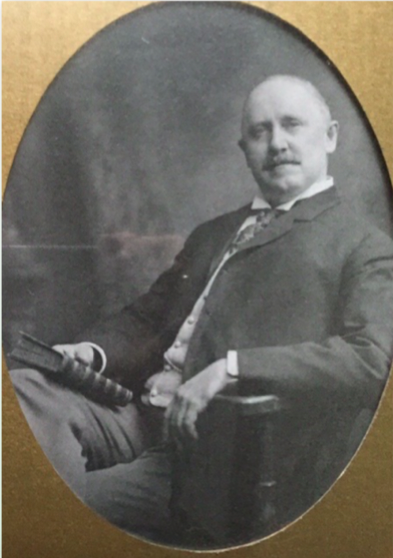
When Frank met Irene, he was certainly smitten by her looks, but I’m told it was also her family. Her home was a raucous affair – with noisy dinners and random brothers wandering past, wearing undershirts and yammering full voice in Norwegian. Coming from a staid New England family, Frank probably enjoyed the vibrant multicultural atmosphere “across the tracks.”
Just to be clear, this is not a story comparing which immigrant experience was worse. Nor is this some white boy saying, “Hey look, my people had it bad too.” It’s just I have to wonder, has there ever been a group of foreigners in our country’s history who were welcomed to our shores? The Italians, the Irish, the Chinese, all of them came to America seeking a better life and all of them were summarily crapped on. In the case of blonde hair, blue-eyed Irene, she could have been descended from the very same Vikings who once ruled the part of Britain where the Hardcastles came from. If she wasn’t welcomed, what chance has someone with dark skin and a different religion?
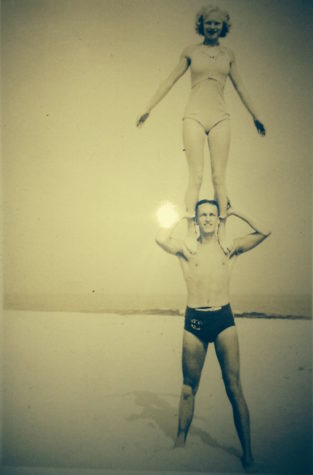
And that’s an important point. Aside from our Norwegian cookies at Christmas, Irene’s family totally assimilated into American culture. Her in-laws might not have approved but she and her kids never had trouble getting a loan at the bank and were never asked by the cops to step out of their cars.
The words inscribed on the Statue of Liberty about America welcoming the “huddled masses yearning to be free” are a lovely sentiment but they are as much a myth as George Washington cutting down a cherry tree or the pilgrims landing on Plymouth Rock. We are a nation of immigrants, yes, but not ones who were welcomed.
And yet I have to think that we can do better than those who came before. Immigration has been our country’s greatest blessing; certainly it was Frank Hardcastle’s. When I knew Frank, he was an old man – cantankerous and more than a little bigoted. But that’s not how I think of him now. Today, I try to imagine him as that fun-loving kid who fell in love with a girl whose parents came from a faraway land and spoke with a strange accent. I see photos of them playing on the Jersey Shore and try to imagine their life before he went to war alongside hundreds of thousands of other immigrants’ kids.
Then I look at my baby son, a little blond American mutt with a Mexican passport. And I think, maybe his will be the generation to get it right.
Photo Credit: The Roots of the Hardcastles and various shots from the hallway at the Vance household.
Special thanks and happy birthday to my mother, Dee Hardcastle Vance
Good piece Erik. This also reminds me of a mutual acquaintance of ours whose father (son of Italian immigrants) was given a very hard time by his parents for marrying a “white girl” (daughter of Irish immigrants) even though her family was as devoutly Catholic as his. The hard feelings weren’t ever truly resolved, but got softened a bit with the arrival of three handsome grandsons.
Here’s hoping that most Americans keep seeing beyond the limits of old prejudices, and that we continue to forge ourselves anew, incorporating the strengths, talent, vitality of all our immigrants.
I’d like your President to read this.
As the son of Irene’s brother Ken Nelson, I found your story fascinating. I always wondered why my grandfather and grandmother Nelson took their first born, my dad, back to Norway just a year after he was born in NYC. Your story shed some light on the reasons. Thanks!